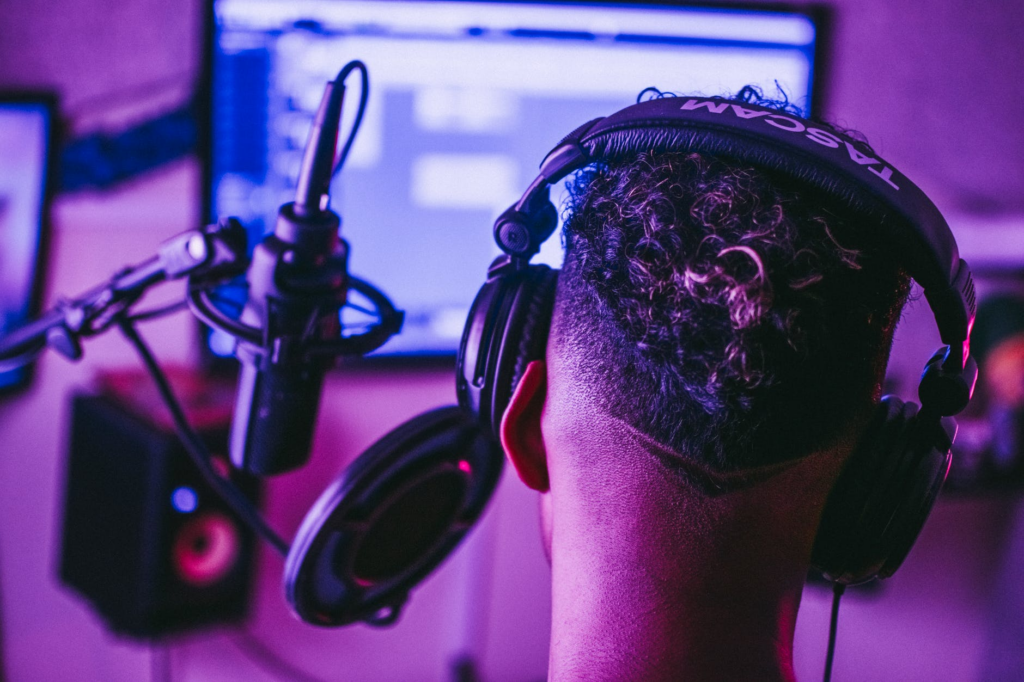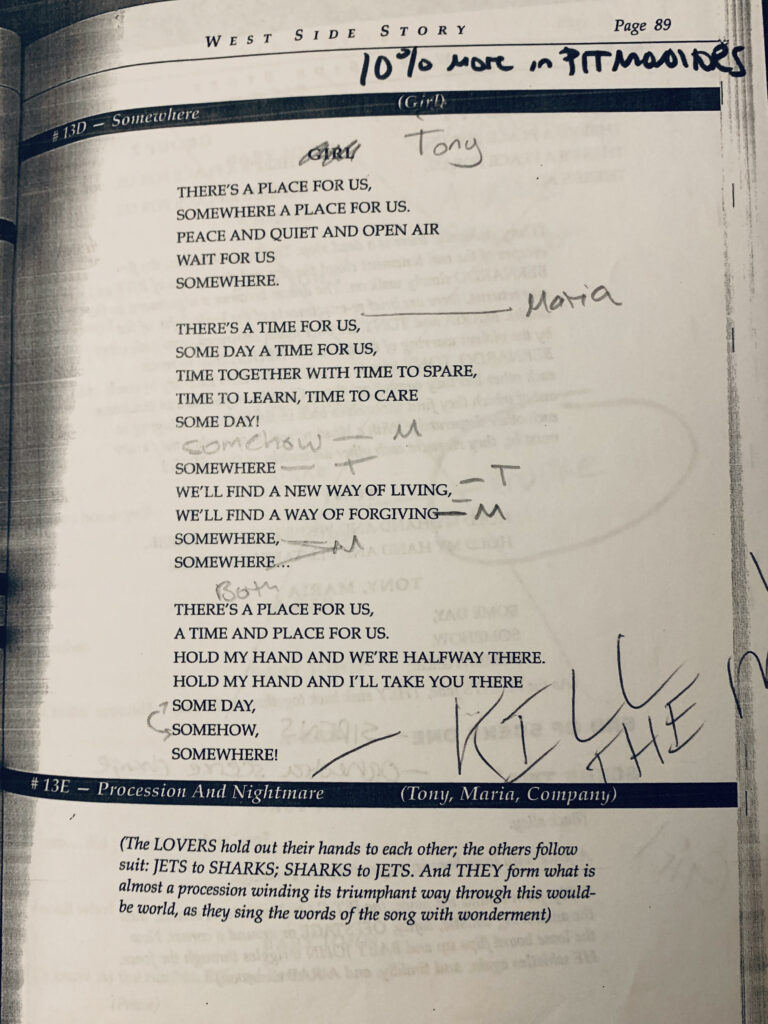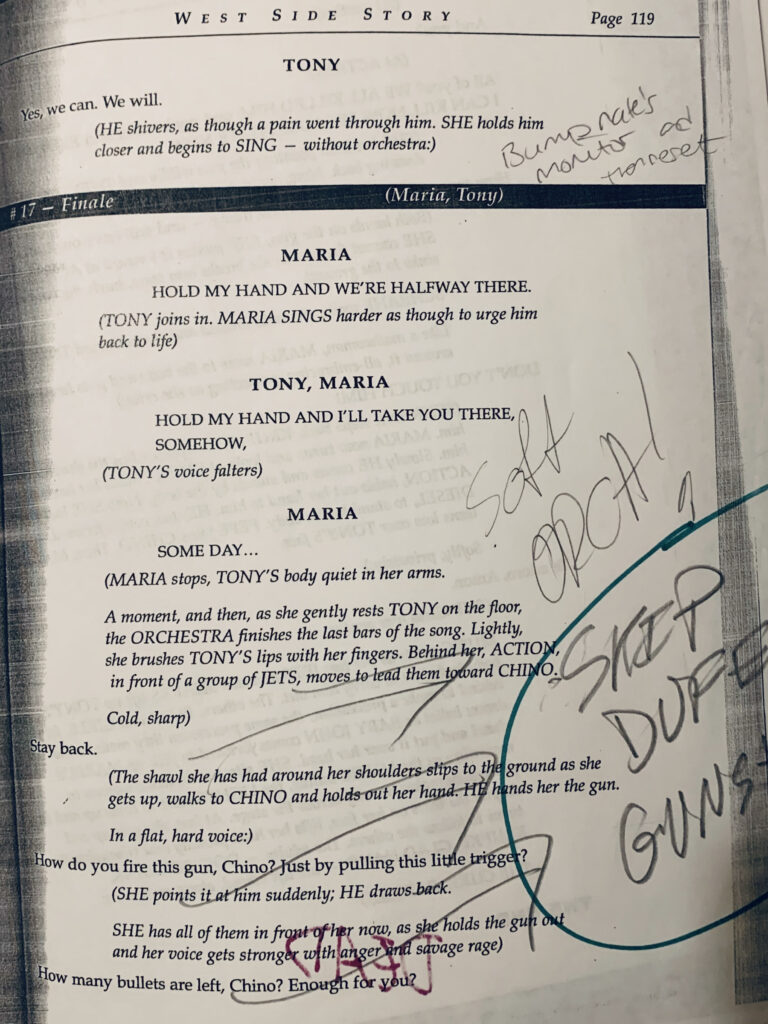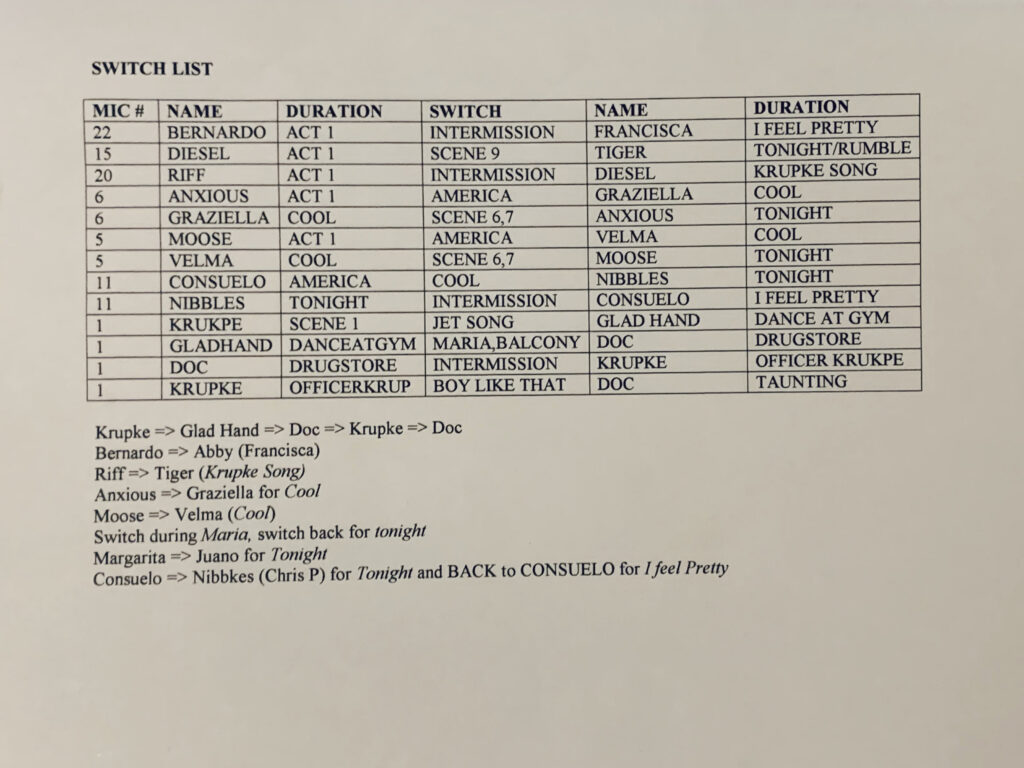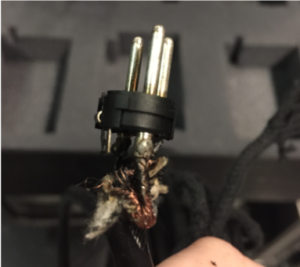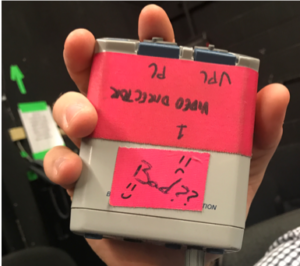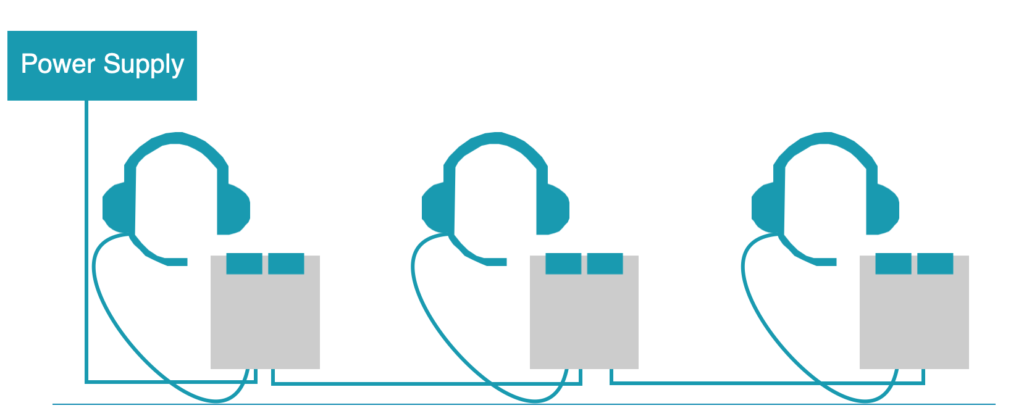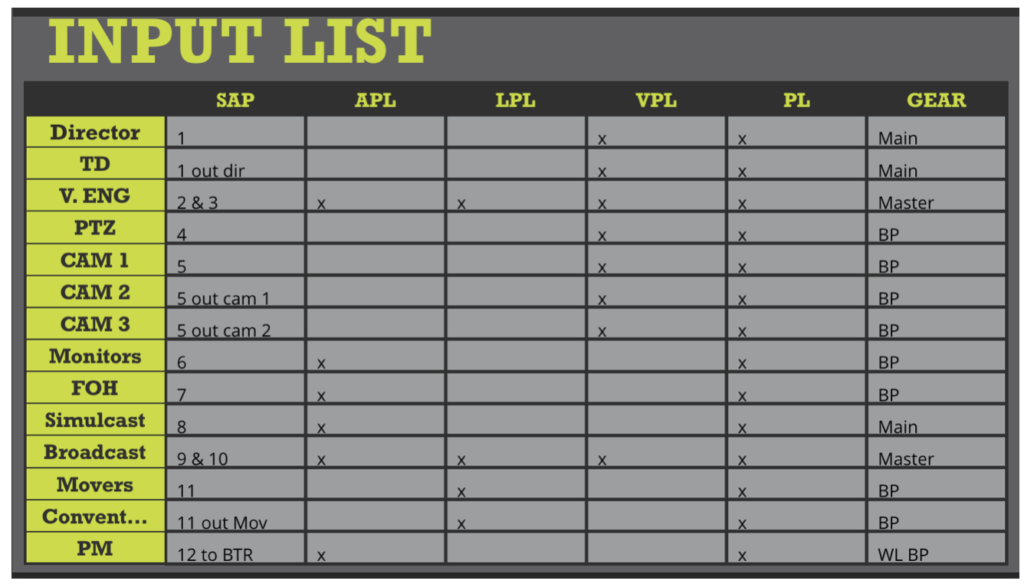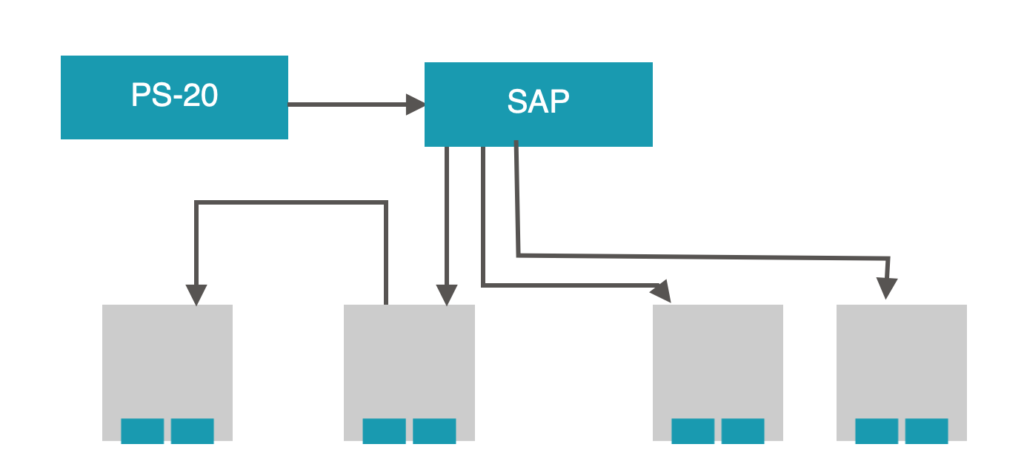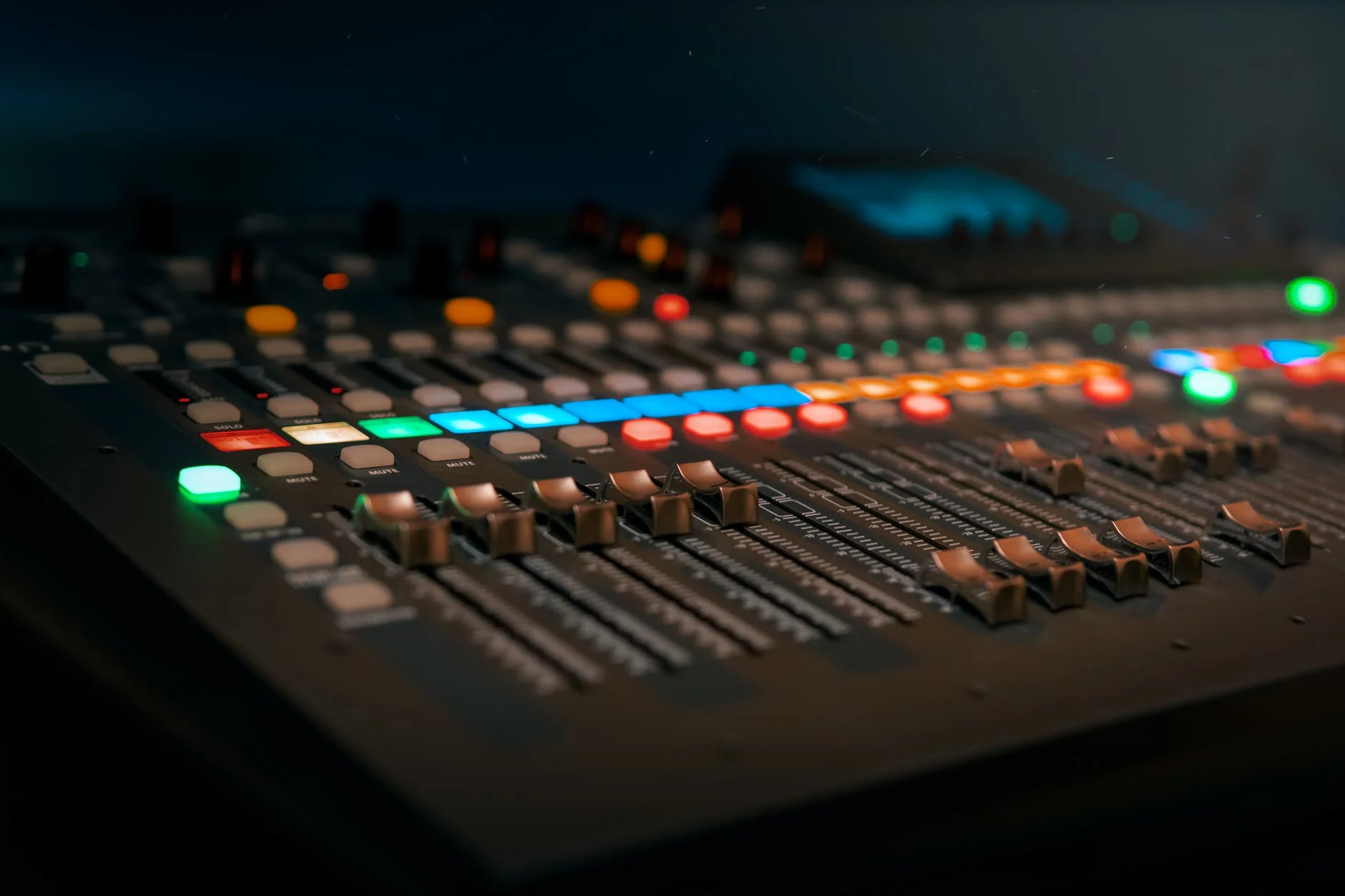
5 Important Things a Sound Engineer Must Keep in Mind
Being a sound engineer is difficult sometimes. You have a lot of things to consider when you are planning a live event and you will be the one that takes all the blame if the event is not a success. Sound mixing can be an enjoyable experience, but only if you are prepared to take care of all of the tasks that are required of you during a live event.
There are many skills that a sound engineer must have in their toolbox and you need to have all of them if you want to be a successful sound engineer during a live event. There are some important things that you will need to know how to do if you want to be a big success when you are the sound engineer at a live event.
If you are ready to learn the things a sound engineer must know and keep in mind, you should read on!
Important Things a Sound Engineer Must Keep in Mind
Know the Plan
The plan of a live event is an important part of the things that you need to know to make sure that you are able to mix the sound perfectly for the entire event. You have to know which kinds of sound will be going on during which parts of the event to be sure that you are ready to mix the sound correctly.
If there are going to be talking portions of the event as well as musical portions, you need to know this when you start planning how to mix sound. This is just as important as controlling the lights for the event. You have to know what the plan is to be able to generate the best sound mixing possible after the fact.
Know the Acoustics
Acoustics can impact your jobs as a sound engineer greatly. You will need to be aware of the acoustics of the venue in question so that you can make sure that your sound mixing is correct. You can make broad assumptions about the kind of space that you are mixing sound in, but without sound checks and knowledge about the acoustics of the venue, you will have a hard time making sure that the sound is great.
Acoustics can make a huge difference in the overall sound mixing that is needed for each location that you need to be the sound engineer at. You will need to know this information to do the best job possible mixing sound in these locations.
Work With the Event Team
When working on live events, you really must work with the event team to make sure that you know what the highs and lows of the live event need to be. You will need to understand the theatrics of the proposed events on stage so that you can make sure that sound mixes correctly for these expectations.
Working with the event team closely will allow you to be sure that all the right moments are emphasized throughout the event. The crescendos of a live event are often the most important portions of the action to highlight, but you need to be sure that you are aware of when these moments are supposed to take place.
Know Your Equipment
You might be aware of how all of the necessary equipment works, but the combination of unique technology that you are working with for a live show can cause issues you did not foresee. If you have been working with the same show for a long time, this might not be a big issue, but locations can still add challenges to your overall sound mixing plans.
Make sure that you check all of the acoustics related to each of your amps as well as the arrangement of singers and other performers on stage. You want to be sure that you know how to balance the sounds that are going on during the performance with reliability to be able to mix the sound correctly when the event is live.
Use Quality Mics
You need to make sure that you have quality mics on every one that is onstage. This might include the instruments as well as the singers. You should know how each mic style works and how to best mix and manage the sound from each of these mic types. Cheap mics will never sound as good as quality mics and you will find that you will have the best luck with a good quality mic.
While you may not be in charge of the decisions that are made with regards to the mics that are used for the production in question, you should make it clear that low-quality mics will affect the overall quality of your mix. You need to be sure that you have access to the technology that you need to ensure a good mix at the end of the event. Cheating yourself on good mics and equipment can lead to frustrations over the mix quality later.
Sound Engineers Need to Know a Vast Array of Information
There are many things that a sound engineer needs to know. From the complexities of mixing sound during and after a live event, to the process of sound checking and balancing the sound in unique event locations, this is a complicated job that requires a lot of skill.
Always make sure that you are working with the right equipment that will generate the best sound and be sure that you are aware of the acoustics of your location. Know the plan for the event and be sure that you are in the loop about any changes that have been made to the scheduling of the events on stage.
Sound engineers have a lot of skills and tricks of the trade but the most essential tools come from planning ahead and being connected to the plans that are governing the event you are mixing for.
